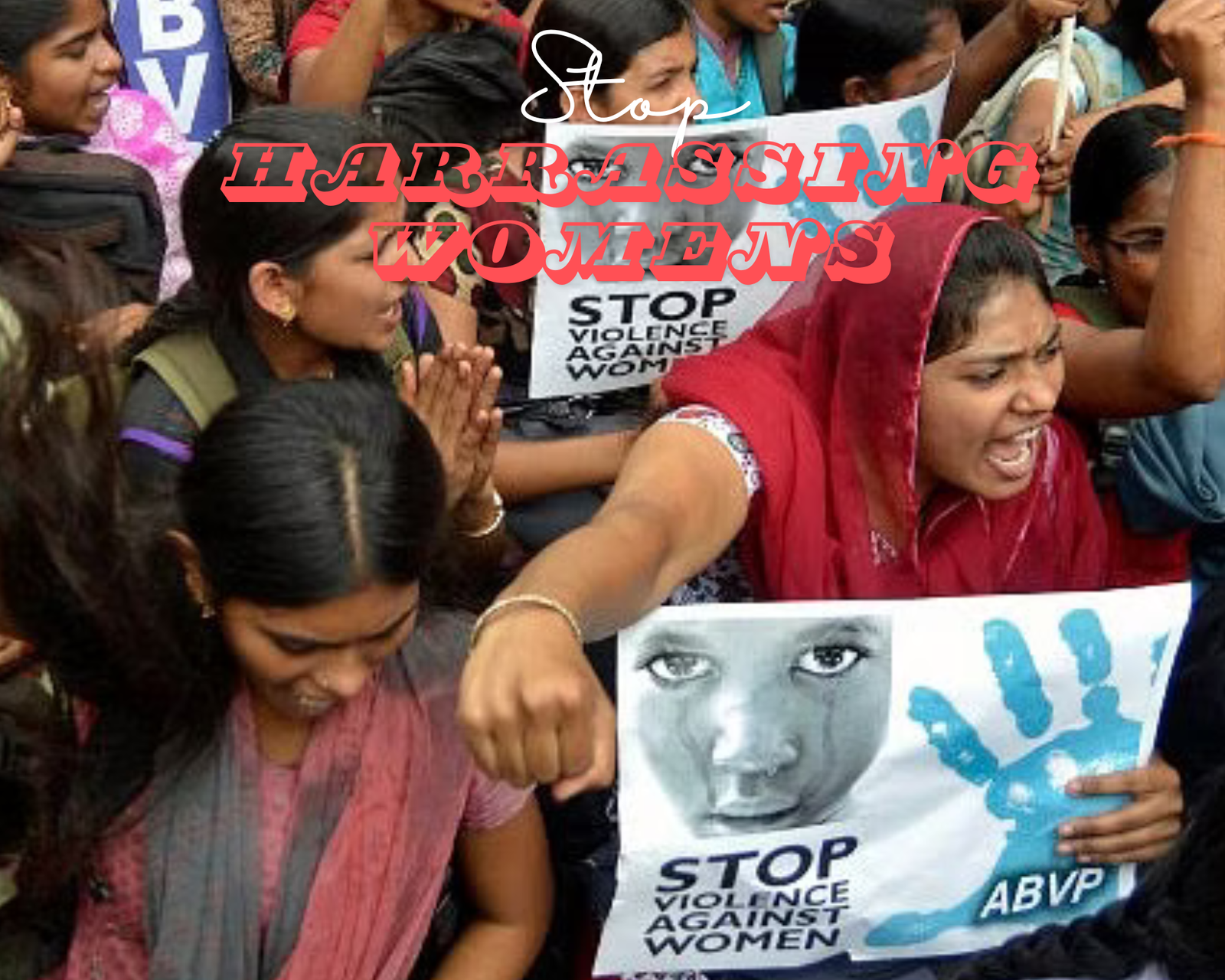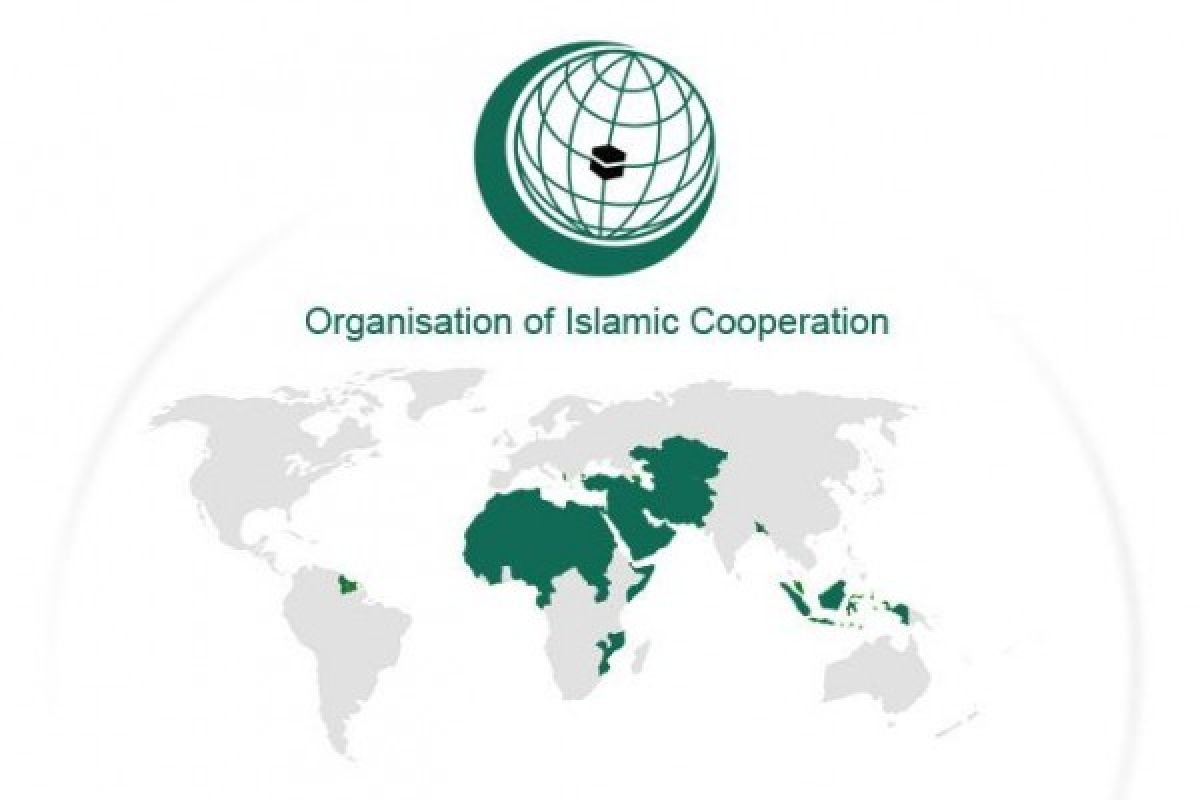
Women experience a wide range of harassment in societies across the globe, from covert acts of assault to subtle macroaggressions. Even with progress made in the area of gender equality, harassment of women is still a widespread problem that is strongly rooted in power relations and cultural norms. This article explores the many facets of women’s harassment, including its signs and symptoms, underlying causes, and wide-ranging effects on both individuals and society.
The Harassment Spectrum:
Women are subjected to harassment in a variety of settings, such as online forums, public places, workplaces, and educational settings. Abuse of words, unwanted attention, intimidation, stalking, and physical attack are all included in these situations. Systemic discrimination, unequal compensation, and little prospects for career growth are all included in the scope of harassment, which reinforces marginalization and gender inequality.
Causes:
Patriarchal systems, uneven power relations, and systemic sexism are the fundamental causes of harassment against women. Social conventions frequently support the objectification of women, strengthening negative perceptions and providing justification for violent conduct. In addition, vulnerability to harassment is made worse by economic inequality and limited access to resources, especially for underprivileged people.
Effect on Females:
Harassment has long-lasting effects on women, hurting them physically, psychologically, and emotionally in addition to the actual act. Victims often experience fear, anxiety, depression, and post-traumatic stress disorder (PTSD), impacting their overall well-being and quality of life. Moreover, harassment can deter women from pursuing educational and career opportunities, perpetuating cycles of inequality and limiting their socio-economic mobility.
Legal and Institutional Reactions:
Laws and regulations that protect victims and hold offenders accountable have been enacted as a result of efforts to stop harassment of women. Effective implementation is nevertheless hampered by societal attitudes, resource scarcity, and enforcement shortcomings. Furthermore, women are frequently discouraged from reporting crimes due to the victim-blaming and culture of silence, which contributes to impunity.
Empowerment and Collective Action:
Fighting harassment requires both empowering women and advancing gender equality. It might be beneficial to confront negative attitudes and actions by educating people about consent, healthy relationships, and bystander intervention. Creating a culture of equality and respect also requires empowering women’s voices and building supportive communities.
In summary, women’s harassment is a widespread and intricate problem that calls for a variety of approaches, such as institutional adjustments, legislative modifications, and cultural transformations. Through tackling the underlying reasons behind harassment, advocating for gender parity, and strengthening women’s agency, communities may establish more secure and welcoming surroundings for everybody. We can only work toward a future devoid of harassment and discrimination by banding together and demonstrating unflinching dedication.
women harassment and its solutions, women harassment in workplace, Women’s Harassment and it effects on women’s





